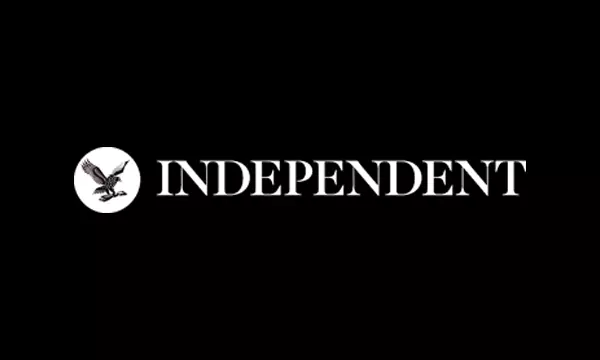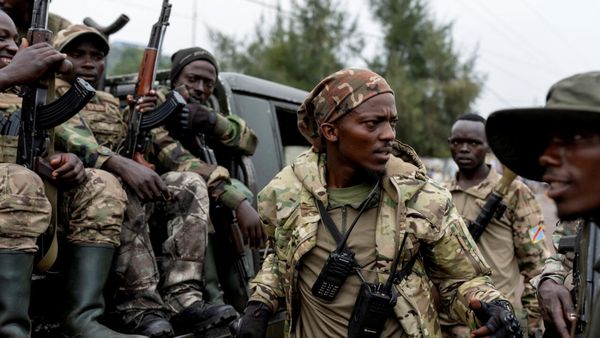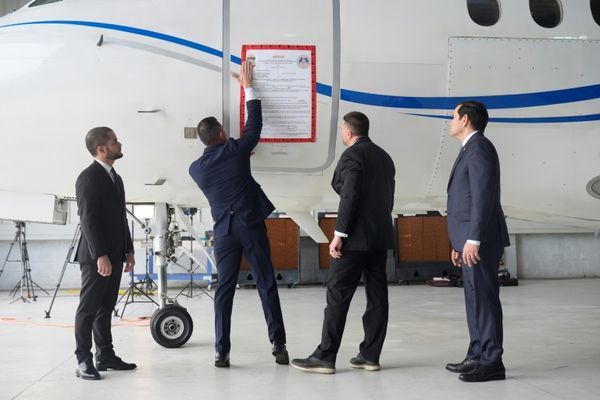
Where the Iron Curtain once divided Europe with barbed wire, a network of wilderness with bears, wolves and lynx now thrives. Commemorating 100 years since the end of World War I, people wear poppies to evoke the vast fields of red flowers which grew over the carnage of Europe’s battlefields. Once human conflict has ended, the return of nature to barren landscapes becomes a potent symbol of peace.
These tragedies, which force people away from a place, can help ecosystems replenish in their absence. Though rewilding is typically considered an active decision, like the reintroduction of wolves to Yellowstone National Park, abandoned rural land often returns to wilderness of its own accord. Today, as people vacate rural settlements for life in cities, accidental rewilding has meant large predators returning to areas of Europe, long after they were almost made extinct.
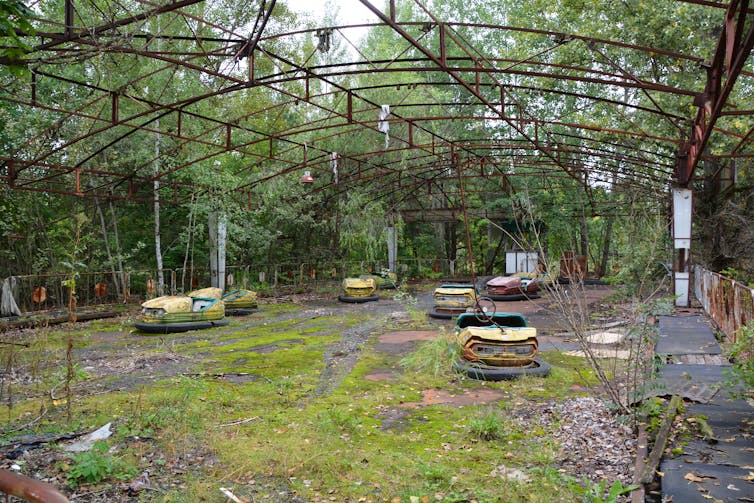
Sudden changes, such as the the Chernobyl nuclear power plant disaster in 1986, result in wildlife recolonising exclusion zones in previously developed areas.
Warfare can also result in human exclusion, which might benefit wildlife under specific conditions. Isolation and abandonment can generate wild population increases and recoveries, which has been observed in both terrestrial and aquatic ecosystems.
The strange link between war and wildlife
Fish populations in the North Atlantic benefited from World War II as fishing fleets were drastically reduced. Fishing vessels were requisitioned by the navy, seamen were drafted and the risks of fishing due to enemy strikes or subsurface mining deterred fishermen from venturing out to sea.
As a result, the war essentially created vast “marine protected areas” for several years in the Atlantic Ocean. After the war, armed with faster and bigger trawlers with new technology, fishermen reported bonanza catches.
A more gruesome result of World War II allowed opportunistic species such as the oceanic whitetip shark to flourish, as human casualties at sea proved a rich and plentiful food source.
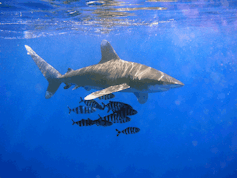
Warship wrecks also became artificial reefs on the seabed which still contribute to the abundance of marine life today. The 52 captured German warships that were sunk during World War I between the Orkney mainland and the South Isles, off the north coast of Scotland, are now thriving marine habitats.
Exclusion areas, or “no mans lands”, which remain after fighting has ended may also help terrestrial ecosystems recuperate by creating de facto wildlife reserves. Formerly endangered species, such as the Persian leopard, have re-established their populations in the rugged northern Iran-Iraq frontier.
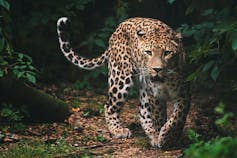
An uneasy post-war settlement can create hard borders with vast areas forbidden to human entry. The Korean Demilitarised Zone is a 4km by 250km strip of land that has separated the two Koreas since 1953. For humans it is one of the most dangerous places on Earth, with hundreds of thousands of soldiers patrolling its edges. For wildlife however, it’s one of the safest areas in the region.
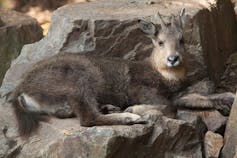
Today, the zone is home to thousands of species that are extinct or endangered elsewhere on the Korean peninsula, such as the long-tailed goral.
Miraculously, even habitats scarred by the most horrific weaponry can thrive as places where human access is excluded or heavily regulated. Areas previously used for nuclear testing, such as the Marshall Islands in the Pacific Ocean have been recolonised by coral and fish, which seem to be thriving in the crater of Bikini Atoll, declared a nuclear wasteland after nuclear bomb tests in the 1940s and 50s.
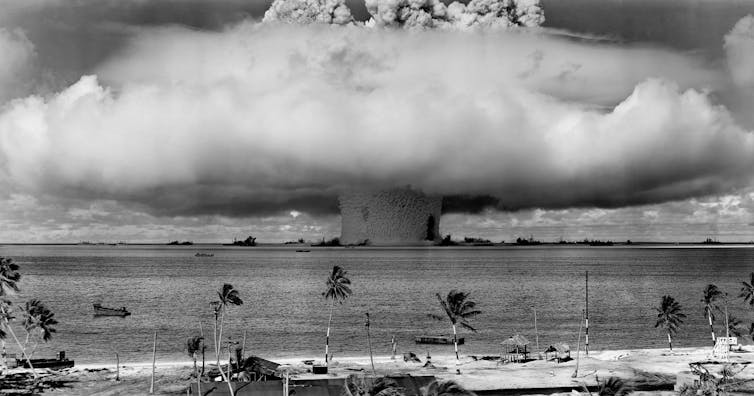
War – still good for nothing
For all the quirks caused by abandonment, warfare overwhelmingly harms human communities and ecosystems with equal fervour. A review of the impact of human conflict on ecosystems in Africa showed an overall decrease in wildlife between 1946 and 2010. In war’s aftermath, natural populations were slow to recover or stopped altogether as economic hardship meant conservation fell by the wayside.
Humans often continue to avoid a “no mans land” because of the presence of land mines. But these don’t differentiate between soldiers and wildlife, particularly large mammals. It’s believed that residual explosives in conflict zones have helped push some endangered species closer to extinction.
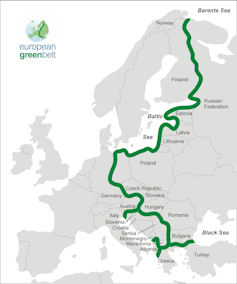
However, where possible, accidental rewilding caused by war can help reconcile people after the fighting ends by installing nature where war had brought isolation. There is hope that should Korea reunify, a permanently protected area could be established within the current demilitarised zone boundaries, allowing ecotourism and education to replace enmity.
Such an initiative has already succeeded elsewhere in the world. The European Green Belt is the name for the corridor of wilderness which runs along the former Iron Curtain, which once divided the continent. Started in the 1970s, this project has sprawled along the border of 24 states and today is the longest and largest ecological network of its kind in the world. Here, ponds have replaced exploded land mine craters and forests and insect populations have grown in the absence of farming and pesticide use.
Where war isolates and restricts human movement, nature does seem to thrive. If, as a human species, we aim for a peaceful world without war, we must strive to limit our own intrusions on the natural paradises that ironically human warfare creates and nurture a positive legacy from a tragic history.
Antonio Uzal does not work for, consult, own shares in or receive funding from any company or organization that would benefit from this article, and has disclosed no relevant affiliations beyond their academic appointment.
This article was originally published on The Conversation. Read the original article.

